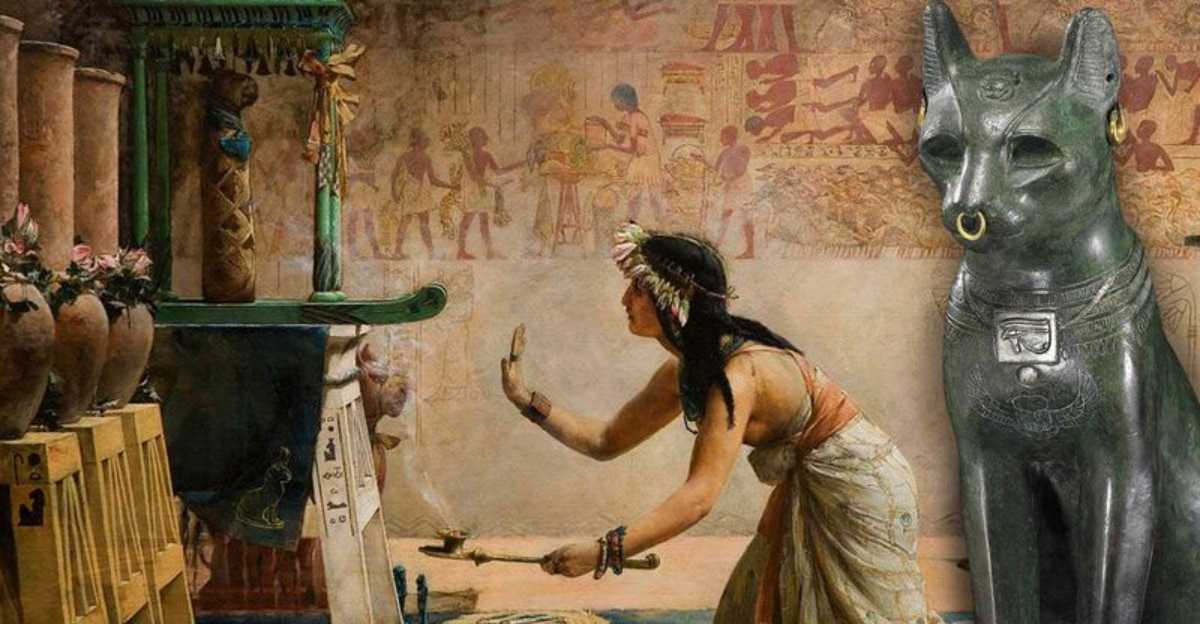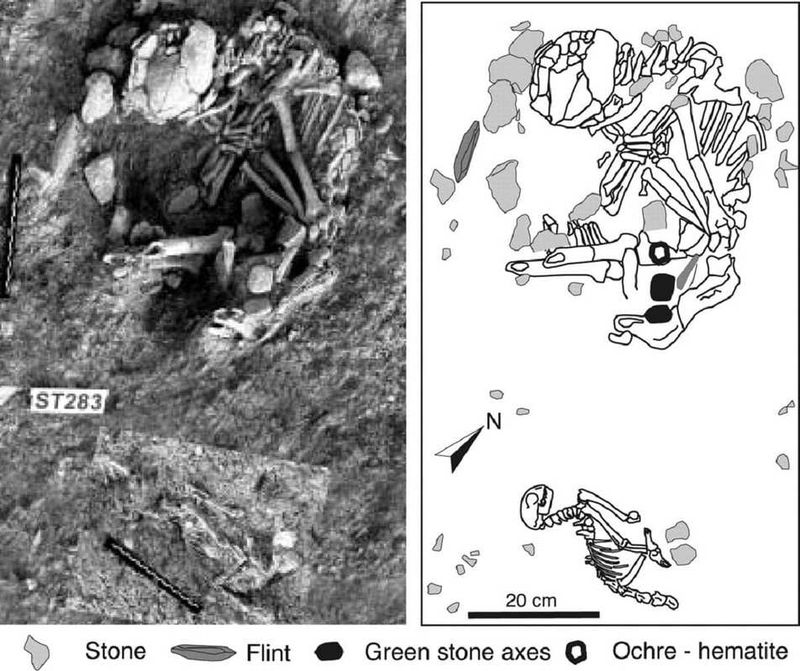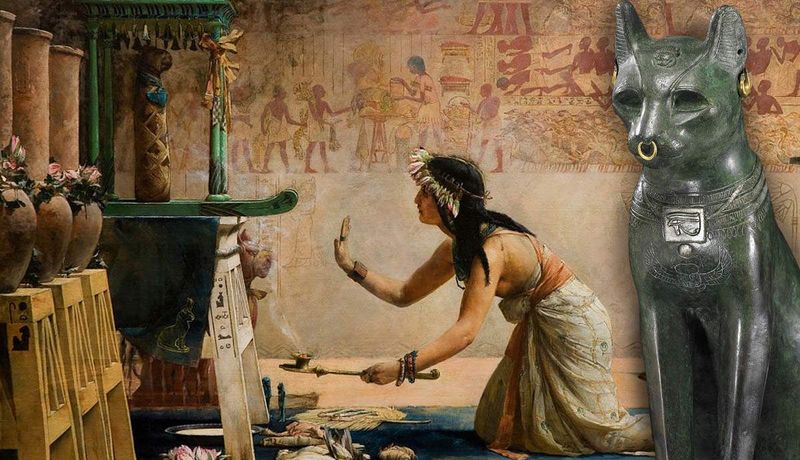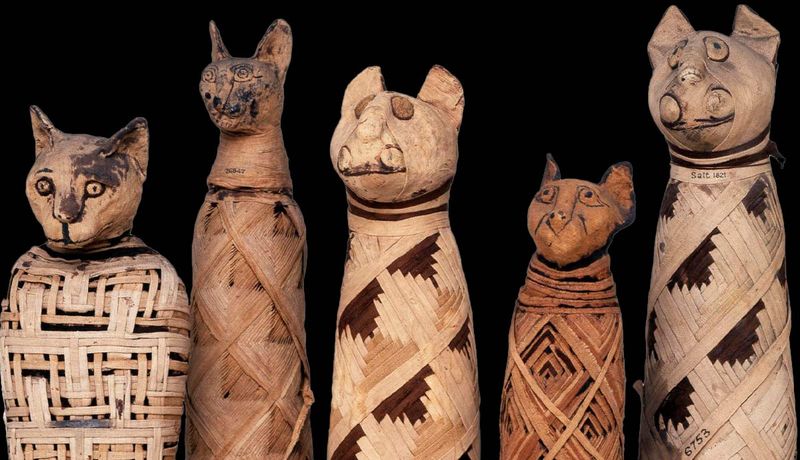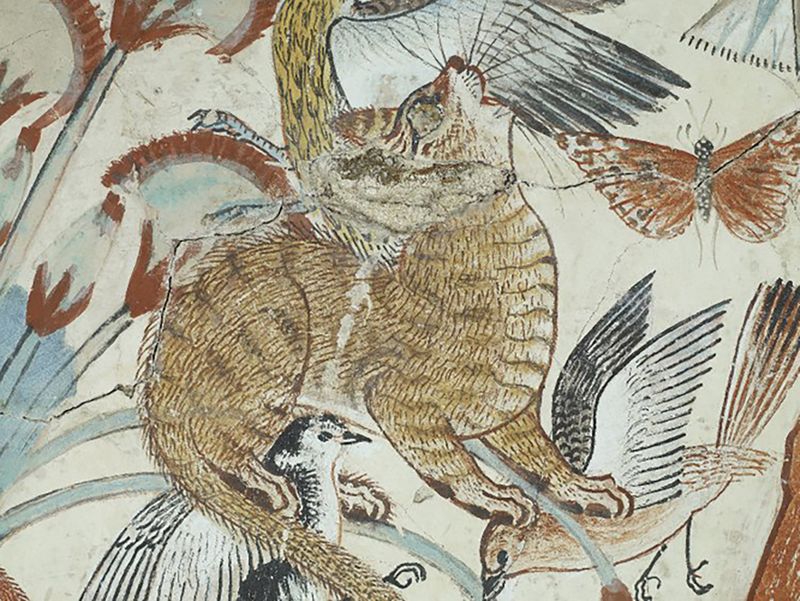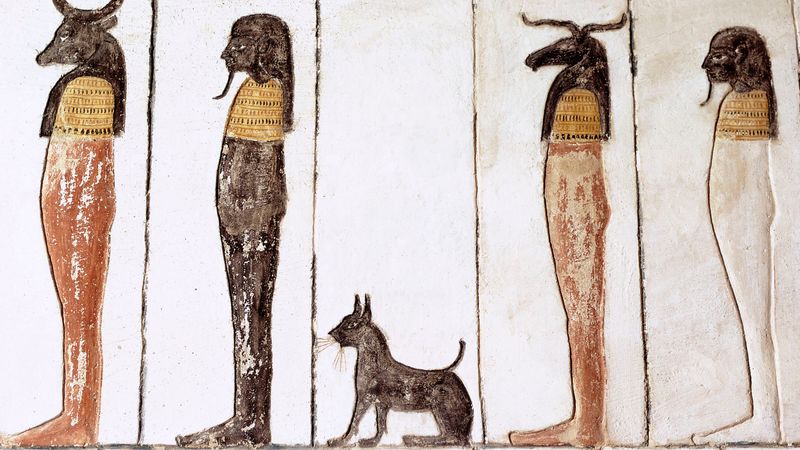📖 Table of Content:
Recent archaeological discoveries are reshaping our understanding of why humans started keeping cats. Insights from ancient burial sites and genetic studies suggest a complex history, intertwining religious beliefs, agricultural benefits, and cultural practices. This blog explores the latest evidence that unveils the multifaceted reasons behind the domestication of cats, providing a fresh perspective on our enduring companionship with these enigmatic creatures.
1. Early European Wildcats
Imagine a time when the European wildcat roamed freely among early human settlements. These wildcats, not direct ancestors of our modern felines, were integrated into human life for pragmatic reasons, like pest control and even as sources of food and clothing. While they weren’t the cuddly companions we know today, their presence in archaeological sites reveals a utilitarian relationship. This unique interaction laid an unexpected foundation for future domestication, highlighting a complex human-wildlife relationship that was both practical and necessary for survival.
2. Cyprus’ Ancient Grave Mystery
In Cyprus, a 9,500-year-old grave containing both human and feline remains sparks intriguing questions. This burial site suggests an early, albeit mysterious, connection between humans and cats. Were these wildcats revered companions or merely symbolic in burial rites? The dual presence in such an ancient context implies significance beyond ordinary interaction, hinting at a deeper cultural or spiritual bond. This discovery challenges previous assumptions and invites speculation on the role wildcats played in these societies, bridging a gap between coexistence and ritualistic reverence.
3. Egypt’s Divine Connection
In the heart of ancient Egypt, cats found their divine calling. The goddess Bastet, initially depicted with a lion’s head, evolved to bear the likeness of a domestic cat, signifying a celestial shift. This transformation wasn’t merely artistic; it intertwined cats with divine worship. Temples dedicated to Bastet stood close to agricultural zones, fostering an environment ripe for random cat-human interactions. The sacred status afforded to cats in this era propelled their acceptance into households, where they served both spiritual and practical purposes.
4. Mummification and Breeding
Step into a temple where ancient Egyptians carefully bred and mummified cats by the millions. These practices were deeply rooted in religious devotion, intended as offerings to Bastet. Over time, selective breeding may have favored cats that were more docile and tolerant of humans. This sacred breeding process inadvertently advanced the domestication of cats, integrating them further into domestic life. The mass mummification not only underscores the spiritual bond but also hints at the evolving human-feline companionship that transcended mere utility.
5. Cats in Rituals and Art
Cats adorned the walls of tombs and temples, captured in frescoes that celebrated their roles in life and death. These artistic depictions weren’t merely decorative; they symbolized the cat’s integral place in religious rituals and daily existence. As cats became prominent figures in mythology and art, their cultural stature grew. This recognition in sacred and secular contexts highlights the multifaceted nature of cats’ domestication, where reverence and practicality intersected. Artistic portrayals immortalized cats’ significance, echoing their revered status across centuries.
6. Agricultural Allies
Imagine the bustling fields of ancient Egypt, where cats prowled as silent guardians against rodents. These stealthy hunters were invaluable in safeguarding grain supplies, earning them a place in agricultural societies. Their natural prowess in curbing pest populations made them indispensable allies for farmers. This practical relationship forged out of necessity further cemented cats as companions within human settlements. The symbiotic bond between humans and cats thus flourished, driven by mutual benefits that extended beyond mere coexistence.
7. The Cultural Shift
In ancient Egypt, the transition from wildcat to cherished pet marked a cultural shift. As religious symbols and practical partners, cats found their way into the hearts of people, becoming integral family members. This shift wasn’t just about utility; it reflected a broader acceptance of animals into daily life, where affection and companionship blossomed. Cats’ ability to thrive in both ritualistic and domestic spheres showcased their unique adaptability, shaping a legacy of domestication that resonates through history.
